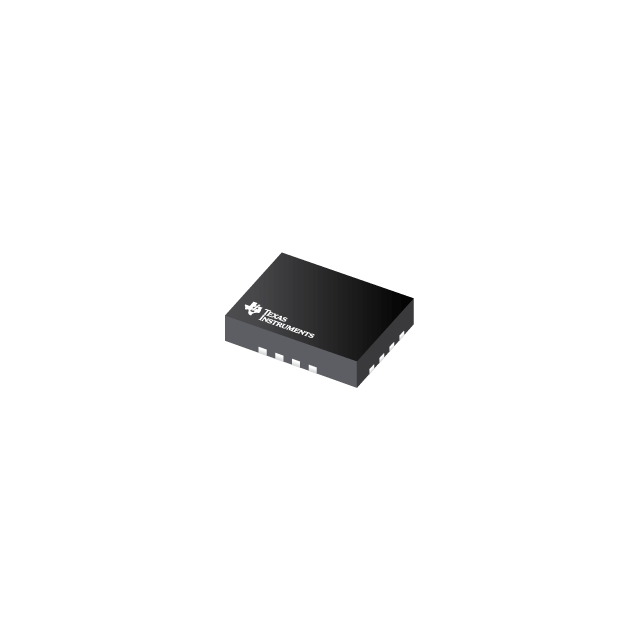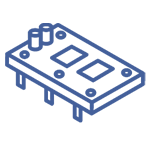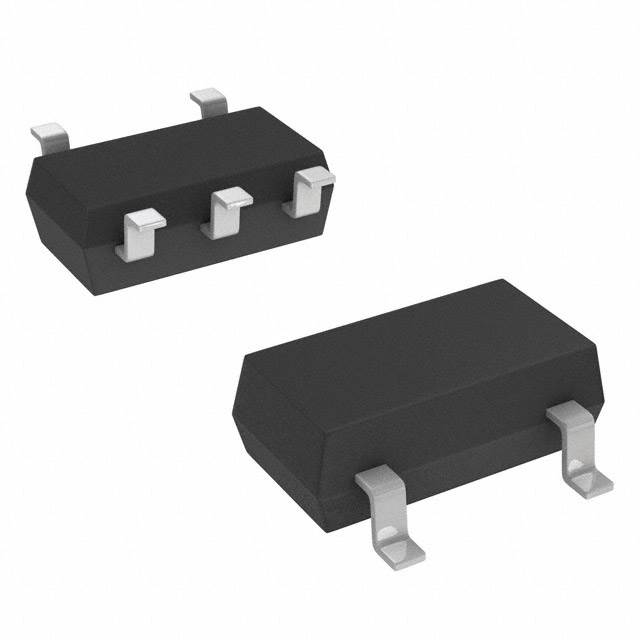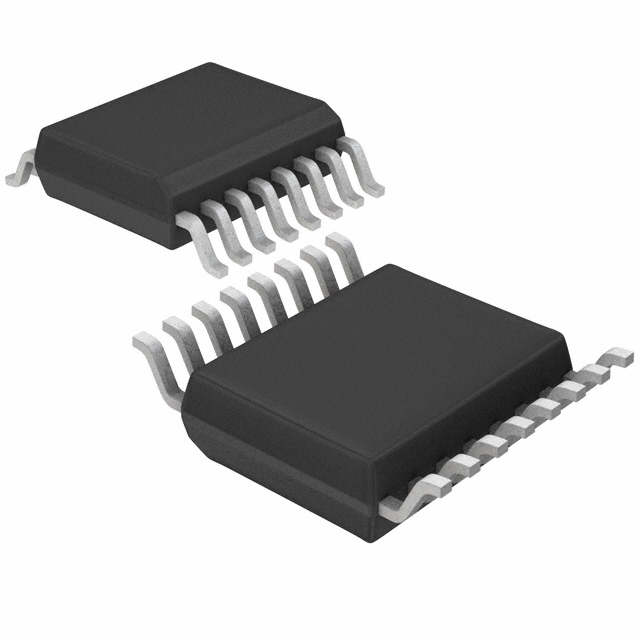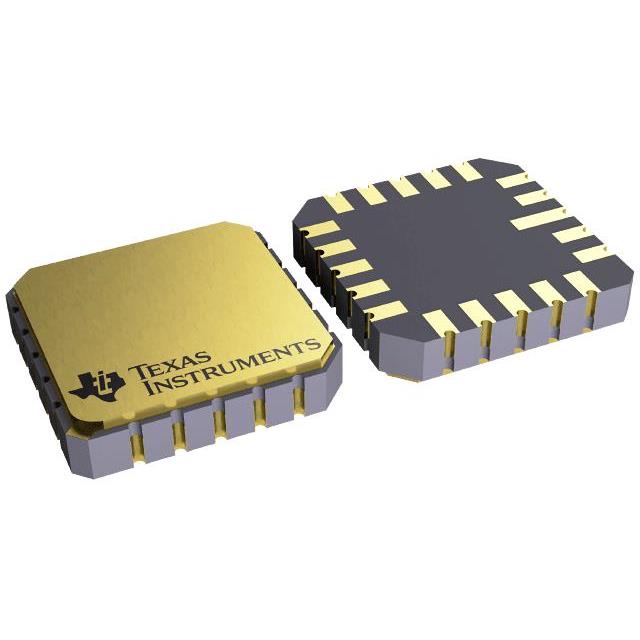Categories
- Analog Switches, Multiplexers, Demultiplexers(10,347)
- 1
- 2
- 3
- 4
- 5
- 6
- 250
Analog switches, multiplexers, and demultiplexers are all types of electronic components that allow for the routing of signals in various ways. They play crucial roles in analog and digital circuits, helping to manage and control how signals flow between different parts of a system.
1. Analog Switches
An analog switch is a type of switch that allows an analog signal (continuous voltage or current) to pass through, or be blocked, depending on its control input. It's essentially a transistor (usually an MOSFET) used to switch analog signals on and off.
- How it works: When the control input is active, the switch connects the signal to the output. When the control is off, the signal path is open, and the signal cannot pass through.
- Applications:Signal routing: Used in audio, video, and communication systems to route analog signals to different parts of a circuit.Data acquisition systems: Used to select different input signals for processing.Multiplexing: Can be part of a multiplexing circuit to select different signals based on the control input.
- Example: Analog switches like the 4066 are used in various analog applications, such as switching audio or video signals.
2. Multiplexers (MUX)
A multiplexer is a device that selects one of many input signals and routes it to a single output. It allows multiple signals to share a common transmission line or resource by selecting one at a time based on control inputs. Multiplexers are often referred to as "data selectors" because they select one data stream from many.
- How it works: A multiplexer has multiple input lines, one or more control inputs (to choose which input is selected), and a single output. The control inputs determine which of the inputs is connected to the output.
- Applications:Data communication: Multiplexers are used to combine multiple data signals into one signal to be sent over a single channel, saving bandwidth and reducing complexity.Signal routing: In digital circuits, multiplexers are used to route different signals based on control logic.Audio/video applications: Multiplexers are often used to switch between different audio/video sources.
- Example: A 4-to-1 multiplexer takes 4 input signals and routes one to the output based on 2 control bits.
3. Demultiplexers (DEMUX)
A demultiplexer is the reverse of a multiplexer. It takes a single input signal and routes it to one of many output lines, based on control inputs. Demultiplexers are used to distribute data from one source to multiple destinations.
- How it works: A demultiplexer has one input, multiple output lines, and one or more control inputs. Based on the control inputs, the demux routes the single input to one of the output lines.
- Applications:Data distribution: In communication systems, a demultiplexer is used to distribute a combined signal to various outputs.Signal routing: In digital systems, demultiplexers are used to direct signals from one source to various components or destinations.Switching and control: In complex systems, demuxes are used to switch between different devices or circuits based on control signals.
- Example: A 1-to-4 demultiplexer takes one input signal and routes it to one of four outputs based on the control bits.
Key Differences
- Analog Switch: Simple device that lets you pass or block an analog signal (on/off switch for analog signals).
- Multiplexer: Routes one of several input signals to a single output, controlled by select lines.
- Demultiplexer: Takes one input and routes it to one of several outputs, controlled by select lines.
Summary
- Analog Switch: Routes analog signals in on/off states.
- Multiplexer: Selects and sends one input signal to an output, using control signals.
- Demultiplexer: Distributes one input signal to multiple outputs, based on control signals.
These components are widely used in telecommunications, signal processing, data acquisition, and even audio/video systems for efficient routing and switching of signals.
t.







